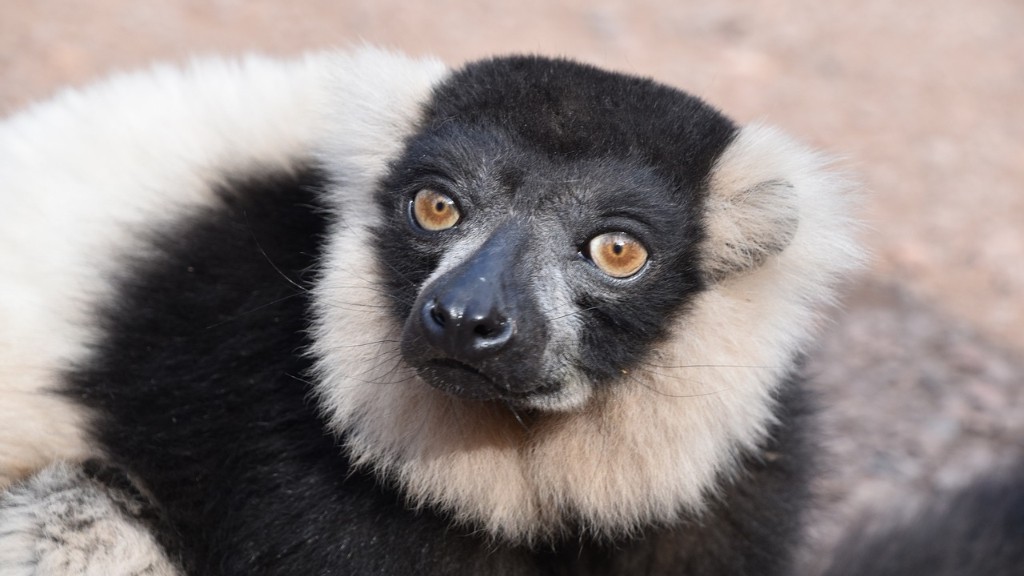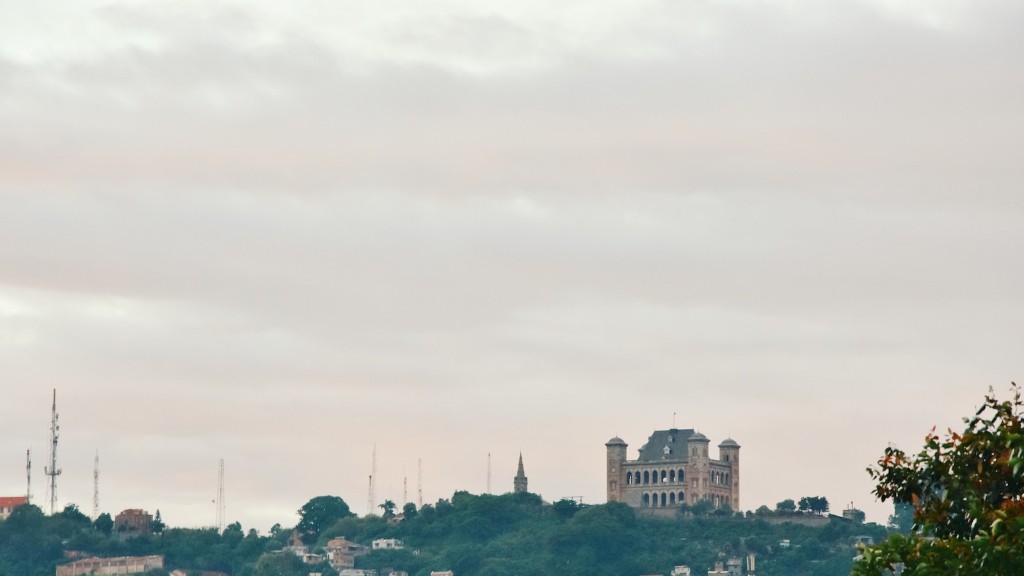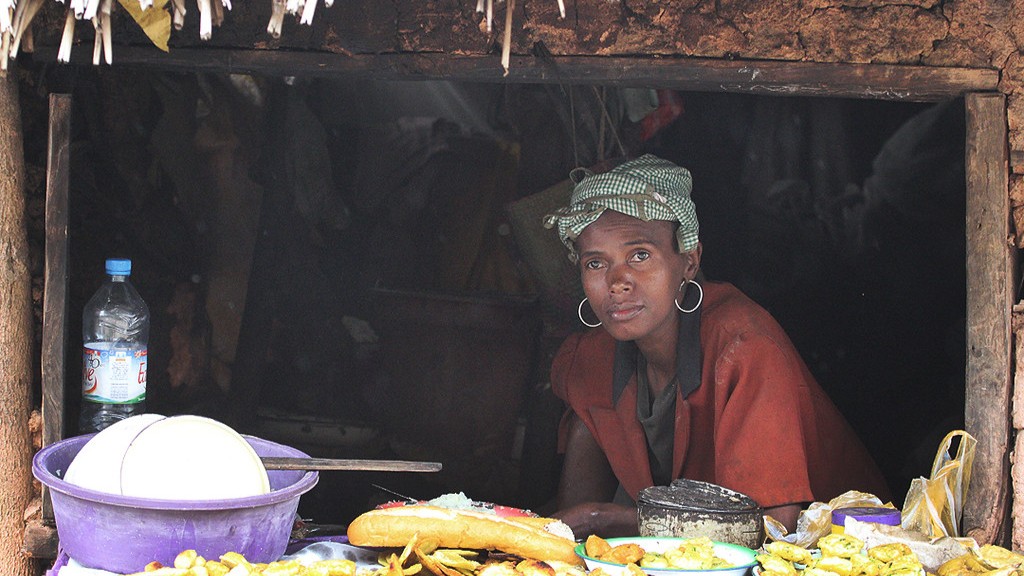Where did Madagascar Settlers Come From?
Madagascar, an island country off the coast of East Africa, is known for its unique biodiversity and vibrant culture. One of the most intriguing aspects of Madagascar’s history is the origins of its original settlers. Through the lens of anthropology, genetics, and historical records, experts have pieced together a fascinating narrative that sheds light on the origins of the Malagasy people.
The Austronesian Connection
One prevailing theory suggests that the initial settlers arrived in Madagascar around 1,500 years ago, originating from present-day Indonesia and Malaysia. This theory is supported by linguistic and genetic similarities between the Malagasy language and those spoken in Indonesia and other Austronesian regions. Additionally, pottery fragments found in Madagascar resemble those discovered in Southeast Asia.
The Austronesian connection is further reinforced by the fact that the staple crop of Madagascar, rice, was likely introduced by these early settlers. Rice cultivation techniques practiced in Madagascar bear a strong resemblance to those practiced in Southeast Asia.
Bantu Migrations
While the Austronesian theory explains the origins of the initial settlers, it does not account for the diversity of the Malagasy population. To unravel this complexity, experts look to the Bantu migrations that occurred between the 1st and 5th centuries A.D. Bantu-speaking groups originating from present-day Mozambique and Tanzania are believed to have migrated to Madagascar, introducing new cultural and linguistic elements.
This Bantu influence is evident in the southeastern region of Madagascar, where traces of Bantu languages and customs are still present. The Bantu migrations also coincide with the introduction of crops such as bananas and yams to the island, which further enriched the Malagasy agricultural practices.
The Arab Connection
In the 10th century, Arab traders ventured to the shores of Madagascar, introducing Islam and establishing trade routes. These interactions left a lasting impact on the coastal communities of Madagascar, particularly on the northwest coast.
The Arab influence is reflected in the presence of Arabic loanwords in the Malagasy language and the recognition of certain Islamic traditions. Additionally, genetic studies have indicated genetic contributions from both Arab populations and the Swahili-speaking Bantu groups of East Africa.
European Contact
In the early 16th century, European powers began exploring the Indian Ocean, and Madagascar quickly became a hotspot for trade and colonization. The Portuguese were the first to make contact, followed by the Dutch, French, and British.
While the direct impact of European colonization on the Malagasy population was not as significant as in other parts of Africa, it had a lasting influence on Madagascar’s political and economic landscape. The French colonization, in particular, shaped the modern Malagasy society and is still evident in the official language (Malagasy and French) and the education system.
Insights and Analysis
The diverse origins of the Malagasy settlers showcase the complex history of Madagascar and its position as a crossroads of different cultures. The blending of Austronesian, Bantu, Arab, and European influences has created a unique society and cultural heritage found nowhere else in the world.
Understanding the origins of the Malagasy people also has implications for studying human migration patterns and the interconnectedness of global history. The settlement of Madagascar is a testament to the human capacity for exploration, adaptation, and the formation of new societies.
The Legacy of the Malagasy People
The cultural legacy of the Malagasy people resonates in various aspects of daily life, from traditional music and dance to the agriculture and cuisine of the island. The Malagasy people’s resilience and resourcefulness in utilizing the island’s natural resources have contributed to the wealth of unique flora and fauna found nowhere else on Earth.
Today, Madagascar faces challenges such as deforestation, poverty, and political instability. However, the rich tapestry of its history and the strength of its people continue to inspire hope for a better future.



